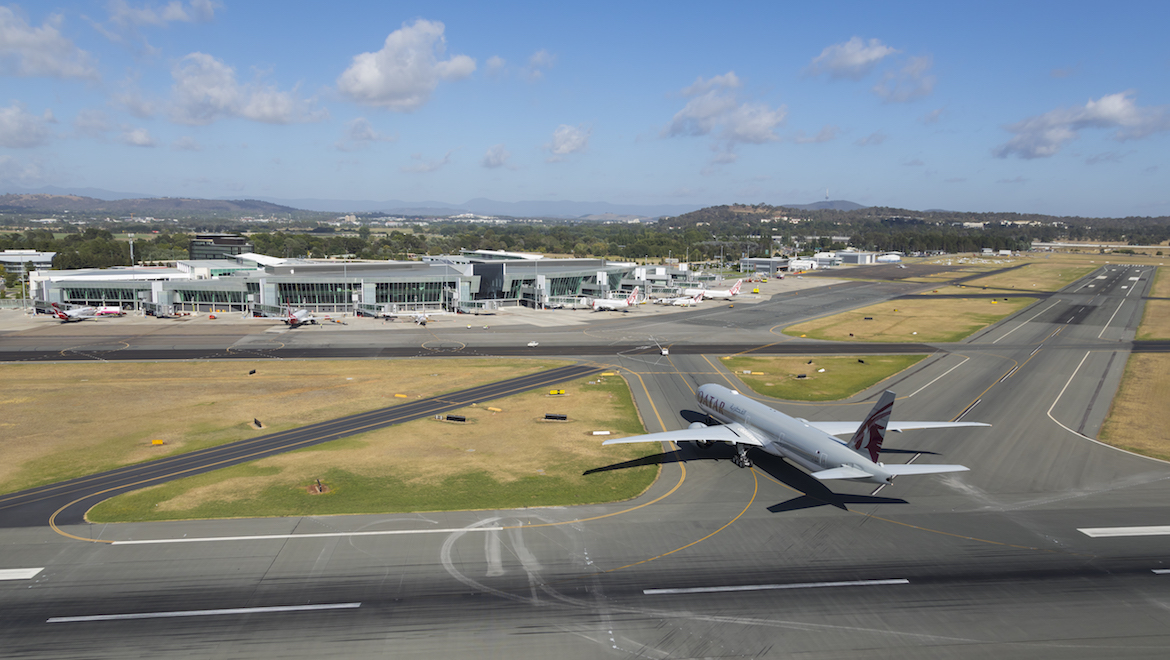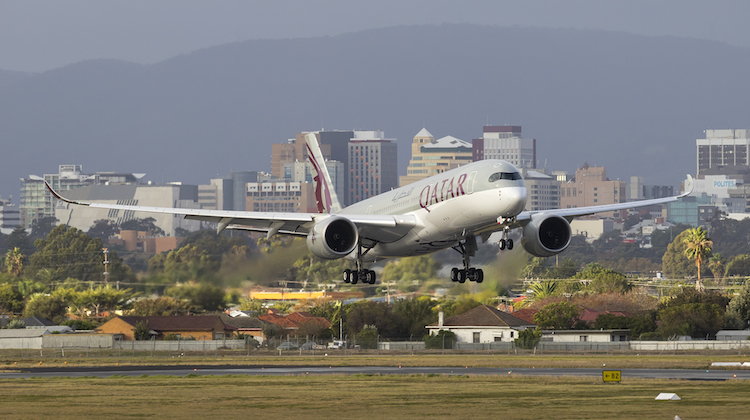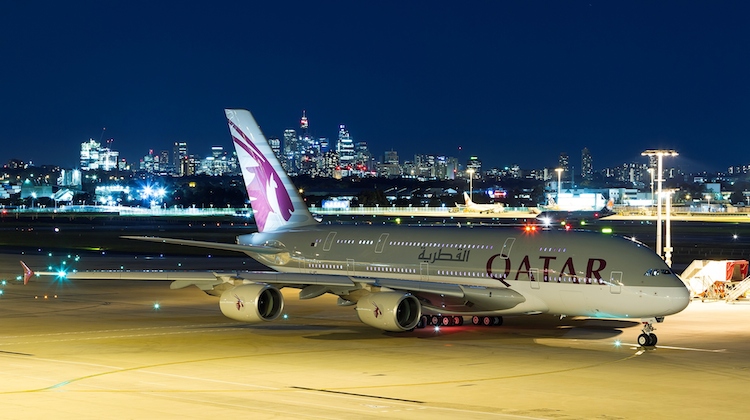
Qatar Airways senior manager for Australasia Adam Radwanski says he is hopeful the airline’s Canberra service will grow in the period ahead given what the city has to offer.
In February 2018, Qatar Airways commenced a daily Doha-Sydney-Canberra-Sydney-Doha rotation with Boeing 777-300ER equipment.
Figures from the Australian government’s Bureau of Infrastructure, Transport and Regional Economics (BITRE) showed the airline carried 29,187 passengers between Canberra and Doha in the 12 months to June 30 2019, the first full year of operations.
An analysis of the data suggested the Canberra flights had average load factors – an industry term to describe how full the flights were – of about 12 per cent.
The only other carrier offering international flights out of Canberra is Singapore Airlines (SIA), which has a daily Sydney-Singapore-Canberra-Singapore service.
While direct comparisons between the two services were difficult given SIA served Canberra with a triangular routing and Qatar Airways with a tag flight, it was worth noting the BITRE figures showed the Singapore flag carrier flew 57,073 passengers into and out of Canberra over the same period.
Radwanski said he was confident Canberra would build up in a similar way to the airline’s Doha-Adelaide service, which had grown to the point where the route would soon be upgauged from the Airbus A350-900 used when flights began in 2016 to the larger A350-1000.
“Every new destination that we launch, especially to secondary cities, requires a little bit of time and investment into the route before it becomes really successful,” Radwanski told Australian Aviation at an event in Melbourne on December 5 celebrating Qatar Airways’ 10th anniversary in Australia.
“We are confident in what we are doing and we are one of the organisations that simply gets things done.
“Canberra has a lot to offer. We just have to work with the authorities to spread the word about the Canberra. I am sure we can make it work.”

The current air services agreement between Australia and Qatar allows airlines of Qatar to operate 21 flights a week to the four major international gateways of Brisbane, Melbourne, Perth and Sydney.
Qatar Airways has utilised all of this available capacity to serve Melbourne, Perth and Sydney daily. Its nonstop flights to Adelaide are not covered by the cap.
Further, the bilateral also allowed for seven more services to any of the four major airports if the route included a stop at a so-called regional airport. It was this condition that gave Qatar Airways the opportunity to add a second daily rotation to Sydney which continued onto Canberra.
Aviation analyst Brendan Sobie from Sobie Aviation described the Canberra tag flight as a “clever backdoor manoeuvre” to add capacity to Sydney.
However, he said the Canberra leg was “extremely inefficient”, given low load factors and likely significant losses.
“Qatar needs to continue operating Canberra-Sydney despite huge losses – even if it succeeds at doubling Canberra traffic – as dropping the route would be unacceptable given the impact on Sydney,” Sobie told Australian Aviation in an emailed statement.

Qatar Airways keen to add more Australian services if bilateral expanded
Radwanski said Qatar Airways would be keen to use any new capacity to mount more flights to Australia.
However, he said the question of whether there should be an expansion of the air services agreement was best left for others to answer.
“The discussions about whether we get more traffic rights to Australia are beyond me and they are more sitting with our head office and the Qatari and Australian governments,” Radwanski said.
“Unfortunately I have no updates for you on that matter.
“If you wanted to ask me, which you are more than welcome, would we want to see more opportunities to fly to Australia I think it is only fair to say yes we would because we see Australia as a very important market.
“One of the reasons why we see Australia as a very important market is this market works very well for our premium product.”

Qatar Airways started flying to Australia a decade ago on December 6 2009, when it commenced three times weekly flights between Doha and Melbourne with a 777-200LR. Over the following 10 years, Adelaide, Canberra, Perth and Sydney have joined the airline’s Australian network. It also has a nonstop flight to Auckland in New Zealand.
There has also been an equipment upgauge on a number of routes, with Melbourne, Perth and Sydney now served with Airbus A380s.
Radwanski described Qatar Airways’ first 10 years in this country as a great success and the airline was looking towards its second decade in Australia with confidence even with present challenges such as geopolitical tensions, a sluggish local economy and volatile oil prices.
“Here in Australia Qatar Airways is more resistant to potential problems that anybody else,” Radwanski said. “It is simply because of the strength of our product and strength of our network.”
“If you look at our competitors that operate from Australia, we are the biggest airline to Europe in terms of the number of online destinations. We have 57 currently and continue to grow.
“We are telling the market and Australians that we are very committed to the Australian market, we are very pleased with the overall performance.”
Sobie said Qatar Airways’ rapid expansion in the Australian market over the past 10 years was impressive.
Further, he noted Qatar Airways was the fastest growing of Australia’s top 10 foreign airlines in 2018/19, with passenger numbers surging 21 per cent to 1.2 million. However, that growth rate would be impossible to maintain should the bilateral remain unchanged in the period ahead.
“The airline cannot squeeze much more out of its maximum 21 weekly flights to Australia’s four main cities as it is already using the A380 on over 90 per cent of these flights,” Sobie told Australian Aviation.











